Cats are enigmatic creatures, often leaving their human companions puzzled about their needs and preferences. One question that might arise, especially during the colder months, is whether or not it's appropriate to cover our feline friends with a blanket. This article will delve into the nuances of feline comfort and whether blankets are a cozy addition or an unnecessary worry.
Key Takeaways:
- Understanding a cat's need for warmth and security is essential when considering the use of a blanket.
- It's important to choose the right type of blanket and introduce it properly to ensure the cat's comfort and safety.
- Observing your cat's behavior and preferences is key to determining if they enjoy being covered with a blanket.
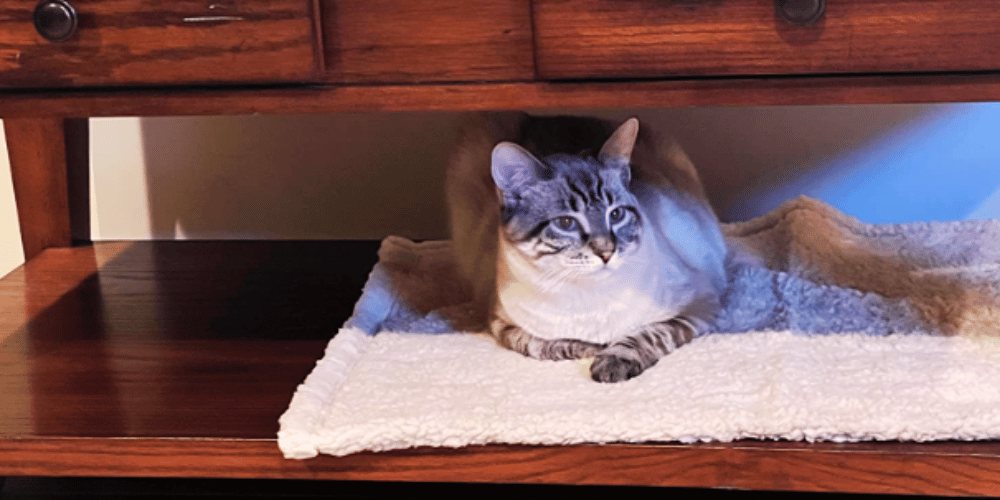
Cats and Their Need for Warmth
Cats, much like humans, seek comfort and warmth, especially during the cold weather. Their body temperatures are naturally higher than ours, and maintaining that warmth is crucial for their well-being. While most blankets can provide the necessary warmth, it's essential to consider if your cat naturally seeks out warm spots in the house, like a sunny window ledge or near a space heater. If so, offering a blanket might be appreciated.
However, it's also important to remember that cats have the same instincts as their wild ancestors. They might view a new blanket as a potential threat or hiding spot for other animals. Introducing a blanket should be done gradually, allowing the cat to become familiar with its scent and texture.
The Right Blanket for Your Cat
When choosing a blanket for your cat, breathable materials should be at the top of your list. This ensures that while your cat is snuggling beneath the covers, they are not at risk of overheating. Kittens, in particular, may not regulate their body heat as well as adult cats, so the fabric of the blanket is crucial.
Additionally, the blanket should be free of any loose threads or decorations that cats might chew or get stuck in. Safety is paramount, and while cats knead blankets with their paws, creating a feeling of comfort reminiscent of kneading their mother's belly, this behavior can lead to them pulling threads loose, which could be a choking hazard.
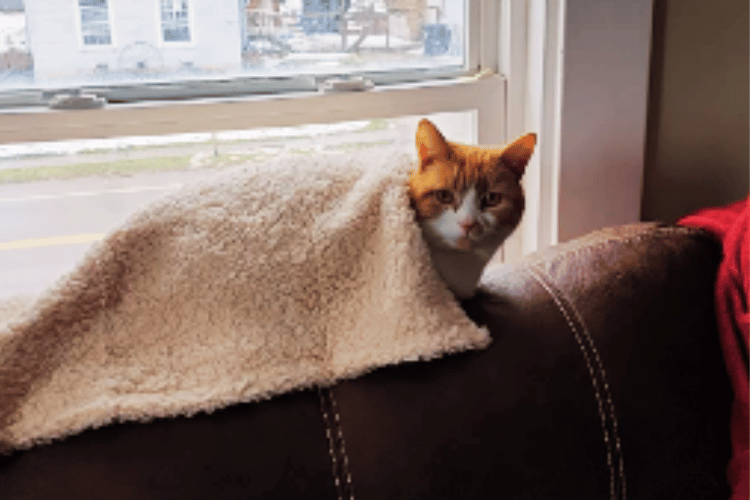
Introducing a Blanket to Your Cat
When you bring a new blanket into your cat's life, start by placing it in their favorite sleeping spot. This could be their bed, the couch, or even your lap. Allow them enough room to move in and out from under the blanket freely, so they don't feel trapped or uncomfortable.
Observe how your cat interacts with the blanket. Some cats may immediately take to it, kneading and purring contentedly. Others might be more hesitant, giving it a sniff and a tentative paw before deciding whether it's a welcome addition to their sleeping arrangements. The Role of Body Temperature in Feline Comfort Cats are meticulous creatures, and their body temperature plays a crucial role in their overall comfort.
Unlike humans, cats have a higher normal body temperature range, usually between 100.5°F and 102.5°F. This means they often seek out warm spots to maintain their cozy state. Providing a blanket can help your pet maintain its body temperature, especially during colder nights or in air-conditioned environments. However, it's essential to observe if your cat actually prefers the added warmth or if it moves away to cooler spots.
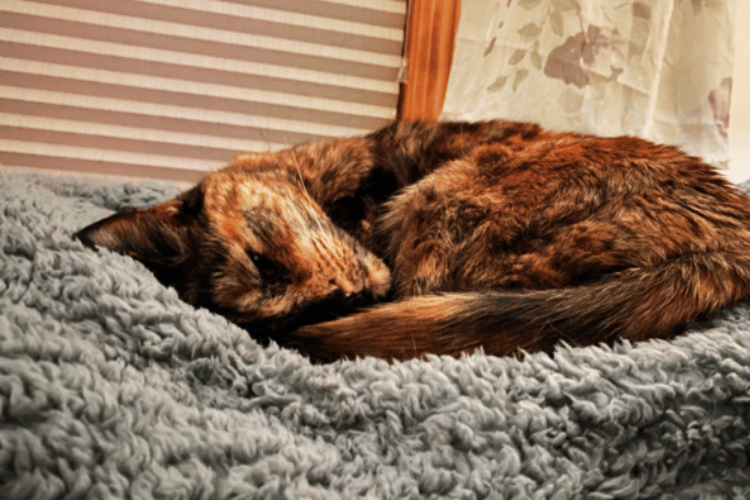
Breathable material is key when selecting a blanket for your cat. A heavy blanket might be too much, but a light, breathable one can offer the perfect balance of warmth without overheating. Remember, cats can become hot quickly, and their ability to regulate their temperature is not as efficient as dogs'. Therefore, always choose a blanket that allows air circulation to prevent your furry friend from getting too warm, especially during the night when they settle in for a long sleep near their mum or by your head.
Ensuring a Secure and Safe Sleeping Environment Creating a secure and safe sleeping environment is paramount for your cat's health and well-being. Cats love to feel secure, and a blanket can sometimes offer that sense of safety, especially when they knead or "make biscuits" on it. This action is a comforting behavior they carry from kittenhood when they used to do it on their mum to stimulate milk flow. A soft blanket can mimic this secure feeling, but be sure to keep it free from any loose threads or holes to prevent their claws from getting caught or their head from getting entangled.
Consulting with a vet is always a good idea if you're unsure about your cat's needs, especially if they have a unique coat type or health concerns. Some cats, for example, may have a medical condition that affects their ability to regulate body temperature, and a vet can provide personalized advice. Additionally, it's important to monitor your cat's interaction with the blanket. If they start to bite or pull at it aggressively, it might be best to remove it to avoid any risk of ingestion or injury. Always prioritize your pet's safety to ensure they're not just comfortable but also out of harm's way.
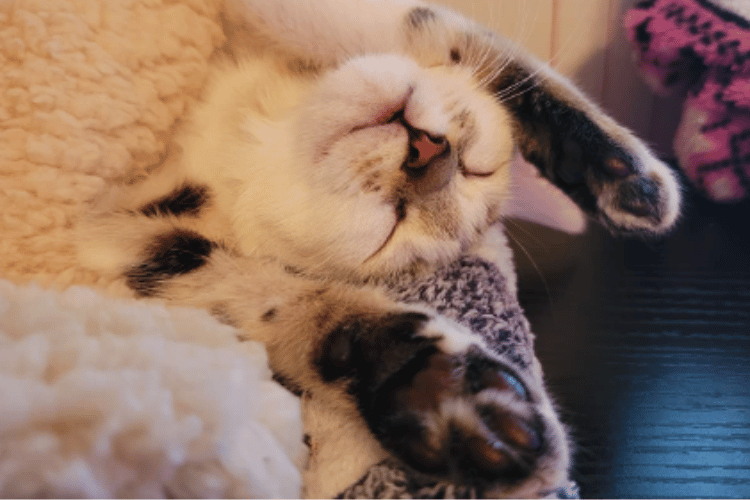
The Benefits of Blankets for Cats
Blankets can provide more than just warmth; they can also create a sense of security. Cats often seek out enclosed spaces where they feel safe from predators. A blanket can mimic this environment, especially if it carries the scent of their humans or their own fur.
Moreover, during the winter months, a blanket can help conserve body heat, which is particularly beneficial for older cats or those with thinner coats. The extra layer can act as an insulator, keeping the cat's body heat close and providing a cozy retreat from the chill.
Potential Risks of Covering Your Cat
While the short answer is that it's generally safe to offer your cat a blanket, there are several reasons to be cautious. First, ensure that your cat can move freely and isn't at risk of becoming trapped or tangled in the fabric. Cats are notorious for finding themselves in precarious situations, and a blanket could potentially become a danger if not used correctly.
Secondly, be mindful of your cat's breathing. A heavy blanket might be too much for a small kitten or an older cat with respiratory issues. Always opt for lighter, breathable materials that won't restrict airflow.
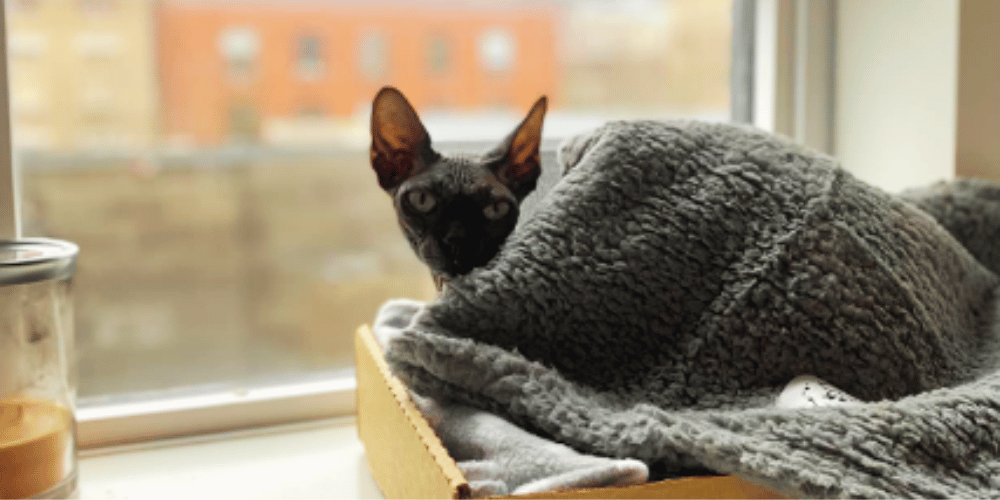
Cats' Personal Preferences
Just like humans, every cat has its own unique personality and preferences. Some cats may adore the feeling of being covered and will seek out blankets, burrowing beneath them for a long nap. Others may prefer to sleep on top of the blanket or avoid it altogether.
It's crucial to respect your cat's choices. If they seem to dislike or feel uncomfortable with a blanket, don't force it. There are other ways to keep your cat warm, such as adjusting the room temperature or providing a heated bed.
Alternatives to Blankets for Cats
If your cat isn't a fan of blankets, consider other options to keep them warm. Heated beds are a popular choice, as they allow cats to control their exposure to warmth. Additionally, ensuring that your house is adequately insulated and free from drafts can help maintain a comfortable temperature for your pets.
Toys and bedding infused with your scent can also offer comfort without the need for a blanket. Cats are very scent-oriented and may find solace in items that smell like their favorite humans.
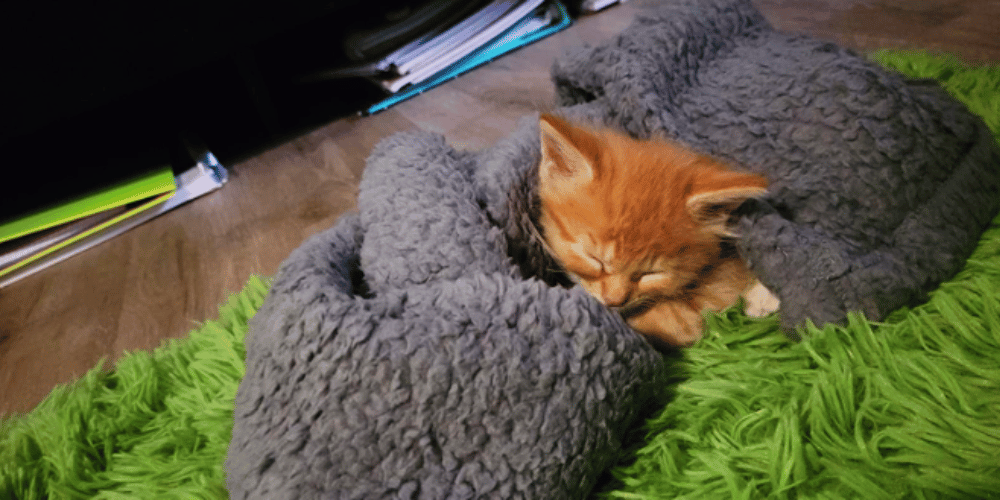
Summary
In conclusion, whether you should put a blanket on a cat depends on the individual cat's preferences and needs. It's important to choose a safe, comfortable blanket and to introduce it properly.
Always prioritize your cat's safety and comfort, and be attentive to their behavior and reactions to the blanket. With the right approach, a blanket can be a wonderful source of warmth and security for your feline friend.
FAQ Section
Q: Can putting a blanket on a cat help with anxiety? A: Yes, a blanket can provide a sense of security and comfort, which may help reduce anxiety in some cats. However, it's important to observe your cat's reaction to the blanket and ensure it's a positive experience for them.
Q: How can I tell if my cat likes the blanket I've given them? A: Look for signs of contentment, such as purring, kneading, or sleeping soundly under the blanket. If your cat seems relaxed and uses the blanket regularly, it's a good indication that they like it.
Q: Is it safe to leave a blanket on my cat when I'm not home? A: As long as the blanket is made of breathable materials and there's no risk of your cat getting tangled or trapped, it's generally safe to leave a blanket with your cat when you're not home. However, always assess the risks and your cat's behavior before doing so.
Thank you for visiting LegitLists we hope this helps you make a legitimate choice!






